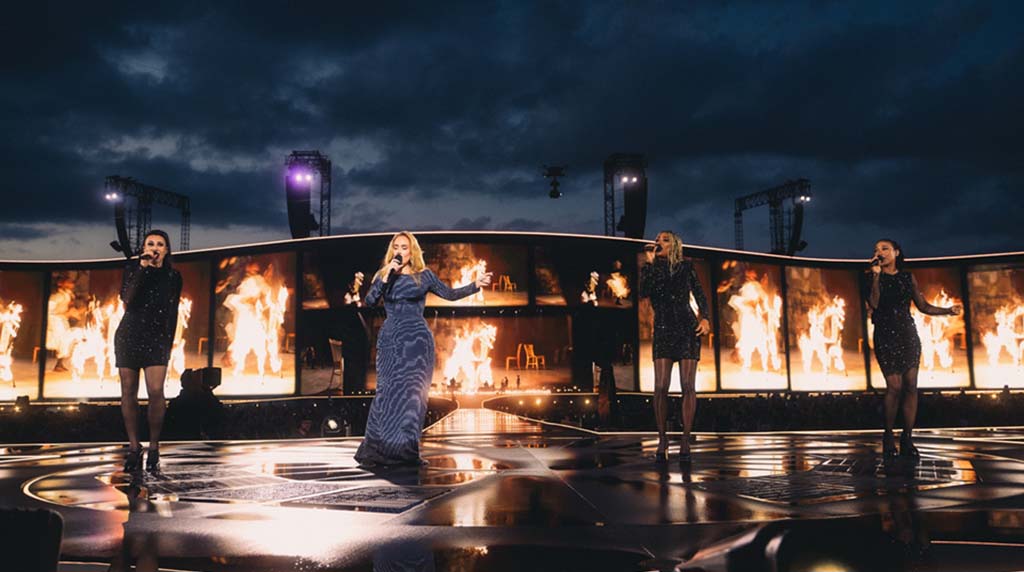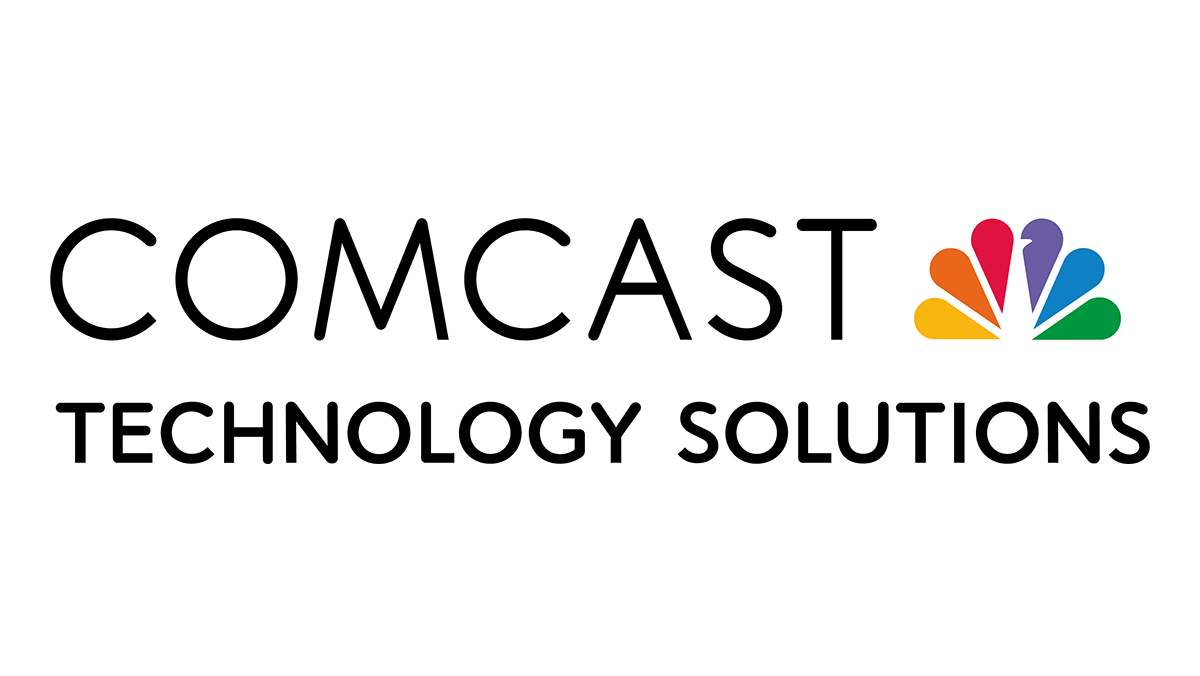Live Events Gets Bigger, Bolder and Smarter
Increasingly complex productions require adaptable, customizable technologies

With the implementation of new technologies like high-resolution 4K and 8K displays, multichannel sound and stunning graphics, all supported by artificial intelligence, remote production and processing (cloud) in one way or another, today’s live event productions are bigger, more complex and more creative than ever.
Whether it’s the staging of music concerts or corporate gatherings, e-sports events and lots more, today’s live events are leveraging a wider range and an ever-increasing amount of AV technology to get the best results.
Producers are looking for technology that can adapt to event workflows, not the other way around. No two events are alike, so it’s best to invest in flexible technology that’s compatible with other products, customizable on-site and able to handle large amounts of visual data while minimizing delay before being displayed on screen.
Modular Systems Work Best
To meet these needs, NAB Show exhibitor Christie has developed the Spyder-S Series, a multiscreen windowing and image processing technology. A modular, node-based technology that supports HD, 4K and 8K resolutions at ultra-low latency, it can handle a virtually unlimited number of pixels, and inputs and outputs, depending on how the nodes are configured.
“We saw a need in the industry for a range of products that can solve key pain points, including 12-bit 4:4:4 RGB, low latency and uncompressed signal streaming,” said Victor Vettorello, senior applications specialist, Broadcast and Professional Video, at Christie.
The Christie Mastering Gateway offers a suite of connectivity tools for distributing uncompressed HD, 4K and 8K video, audio and metadata over IP networks, all with zero frames of latency. It’s built for live events, postproduction and VFX workflows.
“Live events are growing in scale and complexity, yet load-in and load-out timelines continue to shrink,” said Nick Jevons, vice president of business development at ROE Visual. “Production teams must now turn around large-scale setups faster than ever, making efficiency and streamlined workflows top priorities.”
Get the TV Tech Newsletter
The professional video industry's #1 source for news, trends and product and tech information. Sign up below.
Reducing Load Times
One thing that’s helping to meet this need for portability, he said, is the use of custom dolly solutions. These allow for faster transportation and deployment of LED panels, thus minimizing excessive handling, reducing strain on production crews and shrinking installation time. By ensuring panels are preconfigured and ready to deploy straight from the dolly, productions can maximize efficiency and minimize downtime.
ROE’s 6,000-nit brightness LED panels helped support the most recent Adele tour in Munich, Germany, which was cited by the “Guinness Book of World Records” as using the “Largest Continuous Outdoor LED Screen (Temporary).”
The curved LED wall, spanning 800 feet in width and 60 feet in height, was flanked by cylindrical towers, resembling a gigantic analog film reel. It was covered with nearly 5,000 square feet of ROE Carbon 5 MarkII panels in both concave and convex configurations.
“The biggest requests from production companies this year revolve around compatibility and adaptability,” said Jevons.
“With compressed production schedules, there’s a growing need for modular systems where accessories and components can be interchanged across different setups.”
In addition, demand for high-quality in-camera LED performance is at an all-time high. As live events increasingly integrate with broadcast, virtual production and streaming, the ability to deliver precise color accuracy and superior image reproduction has never been more critical. However, every production has unique needs, so there’s a need for scalable solutions that offer high-end performance at different price points.
At this year’s NAB Show, ROE Visual will showcase its newest LED display solutions, including Denali, a Micro LED In Package (MIP) display with a 0.78mm pixel pitch for high-end fixed installations, alongside its Coral, Carbon RGB+, Ruby and Topaz series.
Keeping Crew Connected
Displays aside, no live event production can be successful without a multiparty line communications system to connect the crew. Today’s intercoms are working better with new technologies like AI.
Dave MacKinnon, Clear-Com’s vice president of product management, said his company is leveraging AI to automate various aspects of live event production.
“AI tools are being used to automate camera control, audio mixing and content creation. Machine learning algorithms analyze audience reactions in real time and adjust the production accordingly, making the process more efficient and engaging.”
At NAB, Clear-Com is showing its FreeSpeak Icon belt pack, designed for technical teams in live performance, corporate AV, sports and houses of worship. The belt pack operates on the 1.9 GHz (DECT) frequency and features nine configurable buttons, four individual channel volume controls and Bluetooth 5.3 connectivity.
The configurable buttons include eight dedicated channel buttons and a reply key, offering functionality similar to a traditional intercom panel. Users can adjust four dedicated channel volume controls along with a main volume control. Bluetooth 5.3 compatibility allows seamless connection with modern wireless headsets and earbuds.
The FreeSpeak Icon belt pack integrates with existing Clear-Com systems and supports Dante and MADI, expanding connectivity options for professional productions.
Hybrid Solutions and Centralized Control
Combining traditional Control Room technology with software-based LED display control has empowered production teams with greater creative flexibility and scalability.
Ross Video’s Unified Venue Control Solution provides control of live productions while helping create an immersive experience for fans. This control layer sits on top of its hardware products and lets a single operator anywhere in the world trigger stadium screens and lighting to fireworks and fountains miles away.
“Live events have undergone a massive transformation in recent years, and we’re seeing a clear shift toward hybrid experiences — a seamless blend of in-person and remote participation,” said Matt Morgan, regional sales manager of corporate solutions at Ross Video.
“Today, it’s common for an event to feature presenters on stage while bringing in live video feeds from speakers across the globe.”
At NAB Show, Ross is spotlighting its Ultrix Acuity production switcher that integrates routing, multiviewers and signal processing into a single platform; updates to its XPression 3D Motion Graphics platform; Ross Production Cloud; and new features for its spidercam aerial camera, delivering cinematic-style results for live entertainment events.
Ross will also exhibit AI-driven camera automation to support intelligent tracking and framing for AR/VR solutions and “smart” switchers with AI-enhanced automation, including Carbonite Ultra and Graphite, to streamline live event switching.
On-Premise or Remote Production
Deon LeCointe, director of networked solutions at Sony Electronics’ Imaging Products & Solutions – Americas, said that distributed, IP and cloud-based live production workflows are gaining traction and changing how live productions are managed on site.
“Distributed production workflows give you the ability to produce content from anywhere,” he said. “IP is driving that trend, along with cloud production, which is starting to pick up steam as well. More productions are experimenting with deploying hardware — like switchers, replay or graphics — in virtualized environments.”
Customers are looking for greater flexibility with their live production tools spanning multiple parts of their workflow, he added. Sony offers a solution in all of its live production categories, whether it’s physical infrastructure like a production switcher, or virtualized software solutions like Sony’s new M2L-X production switcher, which can run on-prem or in the cloud.
At NAB Show, Sony features updates to several key Networked Live products, highlighted by the M2L-X. It is also showing updates to the Nevion Virtuoso platform, including support for HEVC and SRT, and Nevion VideoIPath, leveraging 5G and true cloud orchestration of services that run in the cloud — in addition to contribution to and from the cloud.
“We call it ‘ground to cloud, cloud to ground’ or GCCG,” LeCointe said.
At this year’s NAB Sony is showing AI and automation technologies for streamlining live production workflows, particularly for smaller-scale or lower-budget events. Its message is that AI applications help streamline video capture, content management and workflow management.
What’s clear is that live events production has undergone a massive transformation in recent years, and we’re seeing a clear shift toward hybrid experiences. Today, it’s common for an event to feature presenters on stage while bringing in live video feeds from speakers across the globe.
“One application is generative AI,” LeCointe said. “Customers are looking at AI to generate background content that can be fed into a virtual production screen to create virtual set pieces. Then they can simulate a live presenter being on-site somewhere while they’re sitting in their studio at headquarters.”
Copyright 2025 NAB
